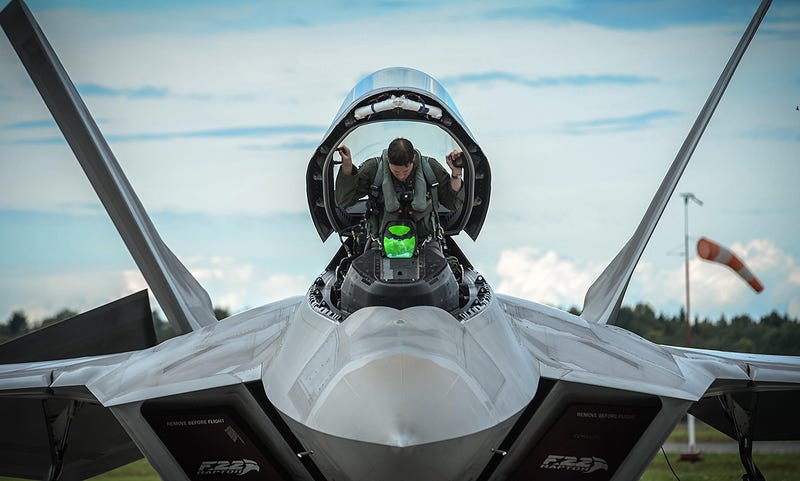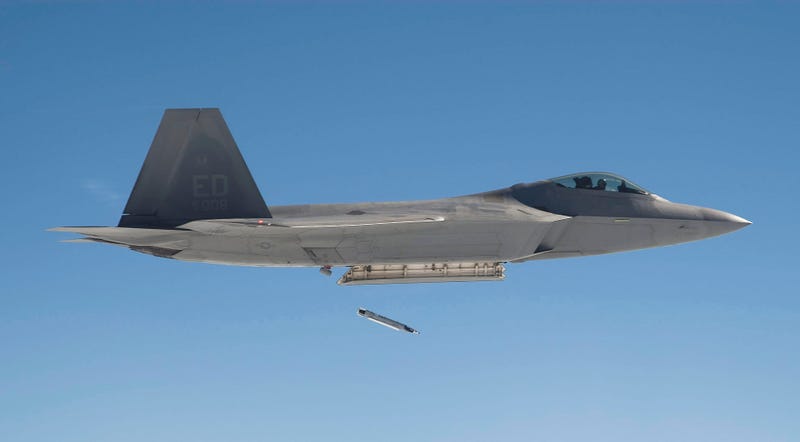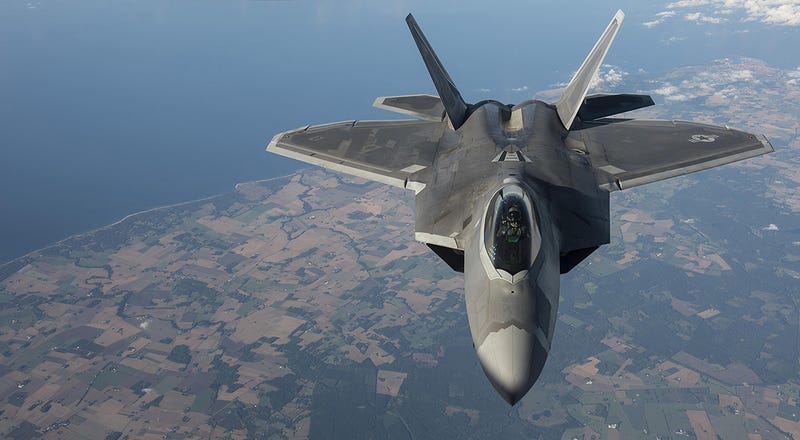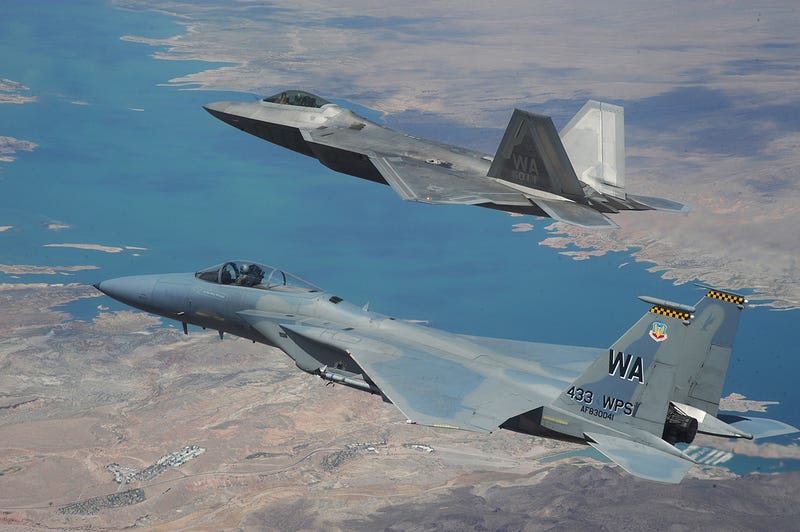And they could not be more blatant about it, nor about their total disregard for the Constitution.
A well regulated Militia, being necessary to the security of a free State, the right of the people to keep and bear Arms, shall not be infringed
2nd Amendment
“To regulate assault weapons, to ensure that the right to keep and bear arms is not unlimited, and for other purposes.”
description of House Resolution 4269
Zero Hedge:
New Gun Control Bill Hits Congress: "To Ensure That The Right To Keep And Bear Arms Is NOT Unlimited"
Submitted by Mac Slavo via SHTFPLan.com,
In the wake of the Sandy Hook shootings we warned that sweeping changes were in the works for Americans’ right to bear arms. It started with ammunition tax proposals, restrictions on
firearm accessories imports and most recently Governors began bypassing Congress altogether by
banning gun ownership for those on any of the
government’s many watchlists. The Obama administration has also
targeted licensed firearms sellers across the United States by forcing banks to
treat them like pornography businesses and impeding their access to transaction processing systems and business banking accounts.
States like California already ban “assault weapons” and outlaw “high capacity” magazines that can hold more than ten rounds of ammunition. But the kinds of restrictive laws that strike at the very heart of the Second Amendment of the U.S. Constitution have thus far been limited to just a dozen or so heavily liberal states.
Until now.
While Americans anxiously prepared for their Christmas festivities, anti gun proponents in Congress were hard at work drafting a new bill. If passed
H.R. 4269 would literally redefine the Second Amendment as evidenced by the bill’s description, which in no uncertain terms clarifies its ultimate goal:
“To regulate assault weapons, to ensure that the right to keep and bear arms is not unlimited, and for other purposes.”
The bill
directly targets every semi-automatic firearm in the United States including handguns, shotguns and rifles. It specifically mentions certain firearms and manufacturers, including the popular AR-15 and AK-47 rifles.
Because the law is Federal it would blanket the country with new restrictions, including
making it illegal to own any magazine that exceeds a capacity of ten (10) rounds.
And here’s the kicker, even if your weapon has a legally-defined low capacity detachable magazine but is modified with any of the following accessories, it is considered an “assault rifle” and
would be outright banned in the United States.
Semiautomatic rifle that has the capacity to accept a detachable magazine and any 1 of the following:
“(i) A pistol grip.
“(ii) A forward grip.
“(iii) A folding, telescoping, or detachable stock.
“(v) A barrel shroud.
“(vi) A threaded barrel.
…
“(B) A semiautomatic rifle that has a fixed magazine with the capacity to accept more than 10 rounds, except for an attached tubular device designed to accept, and capable of operating only with, .22 caliber rimfire ammunition.
“(C) Any part, combination of parts, component, device, attachment, or accessory that is designed or functions to accelerate the rate of fire of a semiautomatic rifle but not convert the semiautomatic rifle into a machinegun.
Click for full text of bill
To be clear, the new bill puts all half measures aside and goes for the jugular.
This is the worst case scenario that many Americans have feared.
If you own a weapon on the ban list or have accessories as described by the bill, your firearm will be outlawed in the United States of America.
SEC. 3.RESTRICTIONS ON ASSAULT WEAPONS AND LARGE CAPACITY AMMUNITION FEEDING DEVICES
(a) In General.—Section 922 of title 18, United States Code, is amended—
(1) by inserting after subsection (u) the following:
“(v) (1) It shall be unlawful for a person to import, sell, manufacture, transfer, or possess, in or affecting interstate or foreign commerce, a semiautomatic assault weapon.
…
“(37) The term ‘large capacity ammunition feeding device’—
“(A) means a magazine, belt, drum, feed strip, or similar device, including any such device joined or coupled with another in any manner, that has an overall capacity of, or that can be readily restored, changed, or converted to accept, more than 10 rounds of ammunition;
…
“(w) (1) It shall be unlawful for a person to import, sell, manufacture, transfer, or possess, in or affecting interstate or foreign commerce, a large capacity ammunition feeding device.
The bill was introduced in Congress on Decemeber 16, 2015 and currently has
123 co-sponsors – all democrats.
We know that
gun bans don’t work but one can’t help but think the agenda goes much further than the notion that they want to make us safer. If that were the case then our lawmakers wouldn’t allow drug cartels, gang members and Islamic terrorists to cross into the U.S. through our porous southern border.
The reality is that a cloud of tyranny has descended upon America. For it to be successful the American people must first be disarmed.
As history has proven time and again, a disarmed populace can easily be led to slaughter. But unlike the tens of millions executed in ethnic, religious and political cleansings of the 20th century, Americans have a rich tradition of personal liberty and the right to bear arms. It is embedded in our culture and our founding document.
And as Texas police chief Randy Kennedy recently warned, if the government pushes too far they may well incite a revolution.
Politico:
Obama set to unveil curbs on gun sellers
Executive actions expected next week will be part of the president's new year push to make progress on long-stalled problems before the 2016 presidential election heats up.
President Barack Obama’s bid to assert himself in his final year will begin with long-awaited executive actions on gun control, expected to be released next week, shortly after he returns to Washington.
The White House is putting finishing touches on several measures in an effort to make progress on curbing gun violence, an issue the president and close aides have found frustratingly intractable, before the race to replace him enters prime time.
According to gun industry insiders and others familiar with the proposals, the changes include requiring an expanded number of small-scale gun sellers to be licensed — and therefore conduct background checks — whenever selling a weapon. This wouldn’t close the so-called gun show loophole, though it has the potential to narrow it.
The administration is also expected to
impose tighter rules for reporting guns that get lost or stolen on their way to a buyer
.
Neither comes close to the stronger gun control measures Obama sought in the wake of the 2012 mass shooting of schoolchildren in Sandy Hook and that he has said he still wants. But with Congress unlikely to approve any new gun curbs before the 2016 election, the measures are in line with what gun-control advocates were hoping would be adopted before Obama leaves office.
As with every aspect of the president’s final year, the decisions about the gun actions are being made with a sense of limited time and the 2016 political calendar. Obama will be returning from his Hawaii vacation, eager to make a splash; an earlier-than-normal State of the Union address on Jan. 12 is central to that strategy. But with the Iowa caucuses taking place on Feb. 1, Obama will have only a small window to act before the primary melee begins to crowd out other political news.
The background check change has been anticipated for months. Obama will tighten the definition of what it means to be “engaged in the business” of firearms sales. Currently, the law says people who sell guns with the “principal objective of livelihood and profit” have to get a dealer’s license through the Bureau of Alcohol, Tobacco, Firearms and Explosives — and therefore conduct a background check on buyers no matter where they sell, including online or at a gun show.
It’s unclear whether a lot more dealers would line up for licenses. But gun-control advocates say a better definition would make it much easier to prosecute sellers who should, but don’t. Only about half of the people who are tried for selling guns without a license are convicted by juries,
according to a report from Everytown, the pro-gun control group led by former New York Mayor Michael Bloomberg
.
In an interview, Everytown officials couldn’t confirm whether the White House was heeding their advice. But, said legal director Liz Avore, “Any kind of clarification would be beneficial in this context because right now most sellers and prosecutors are kind of flying blind.”
It's not clear whether Obama has settled on final language yet. But as one of the major proponents of a change, Everytown has recommended adding several factors to the definition — including selling guns in their original packaging, reselling a gun shortly after acquiring it, maintaining a certain quantity of guns for sale or selling more than 25 guns a year — as possible signals that someone needs a license.
A top gun industry executive defended the current definition, saying it requires dealers to make most of their living from gun sales before requiring a license. Based on conversations with ATF officials this month, the executive described the upcoming change as "overreach": “If you are not doing it for the principal purpose of earning a livelihood AND earn a profit, you are not engaged in the business as defined by Congress,” he said in an email.
Another victory for advocates is likely to be a requirement for all licensed dealers and manufacturers to report to federal authorities any guns that are stolen in transit to a buyer as missing from their inventory. Currently, advocates say, thieves often target packages addressed to gun retailers in the hopes of stealing unregistered guns that are harder to trace. And while buyer and seller might sort out refunds or replacements on their own, they’re not required to report the missing guns to the National Crime Information Center.
ATF first proposed the new regulation in August 2014, which industry opposed, saying a voluntary reporting program was working just fine. But the year-and-a-half lag between the rule’s proposal and finalization is another factor urging Obama to act forcefully as he enters the last year in his term.
It is not clear whether the measure will take the form of a new regulation (which would take months longer to finish because of requirements for public comment) or clarification of an existing rule, which would take less time but might not carry as much weight with the courts — or a future administration.
“We have not been told that they are drafting a proposed rule,” the industry executive said. “But it remains to be seen.”
The White House declined to comment on the substance of the executive actions or their timing. Communications Director Jen Psaki told reporters at an event hosted by Bloomberg News in mid-December that the new gun measures were coming in “weeks, not months.”
This latest round of executive moves follows 23 actions related to gun violence that Obama ordered in 2013, in the months following the Sandy Hook massacre, plus two more in 2014. During that same period, Vice President Joe Biden led a failed campaign with congressional Democrats to pass a bill to impose near-universal background checks.
The president’s announcement of new gun actions will be more like his immigration executive orders in late 2014 — currently held up by the courts — issued as part of a broader campaign to pressure Congress and draw a contrast with Republicans.
White House senior adviser Valerie Jarrett also raised gun-control advocates’ hopes for new domestic violence provisions last month.
In a post on the actress Lena Dunham’s website, Jarrett noted that guns are the most likely cause of death for women who are victims of domestic partner violence.
Gun-control activists acknowledged that changing the rules for licenses might have limited impact on what sellers actually do in the short term. But in this political environment, they’ll take whatever measures they can, no matter how incremental.
“Setting cultural norms," said Everytown research director Ted Alcorn, "is something that laws do."
The Tribune:
New California gun law advocated by SLO County man to take effect Jan. 1
For Richard Martinez of San Luis Obispo County, it was his son,
shot down in a rampage that made national headlines.
For Thomas Allman it was his brother, joining the unremarked thousands who end their lives with guns each year.
Losing troubled loved ones to firearms propelled both men into advocating for a new law that takes effect Jan. 1. Passed in response to the 2014 Isla Vista massacre that killed Martinez’s 20-year-old son, Christopher Michaels-Martinez of Los Osos, it will allow law enforcement or family members to seek restraining orders suspending gun ownership for people who pose a threat to themselves or others.
In the aftermath of the Isla Vista shooting, victims and authorities were haunted by the revelation that the family of killer Elliot Rodger had expressed concerns to mental health workers. Sheriff’s deputies dispatched to Rodger’s apartment departed without touching the three handguns he had legally obtained.
“In many instances — Isla Vista, Tucson, the Navy Yard — family members saw red flags which indicated their family member may be unstable,” Martinez said. The restraining orders “give families and law enforcement a tool they didn’t previously have in these situations where someone is mentally unstable and a substantial danger to others.”
The sheriff of rural Mendocino County, Allman considers himself a Second Amendment stalwart. He adamantly supports the right to carry concealed weapons. He still supports the new law, drawing on reasons both professional and personal.“I don’t think a week can go by that we can’t attribute some type of gun violence to a mental health situation,” Allman said, adding of his brother’s death: “I don’t know if this specific bill would have prevented this from happening, but it certainly would have been an option for my family and I to consider.”
But while backers like Allman and Martinez call the restraining orders a safeguard against future tragedy, critics worry about stripping guns from people who have committed no crime. They say the law, which takes effect in January, could be abused to deprive people of a constitutional right.
“We just can’t be in people’s heads and know exactly what they’re going to do,” said Assemblywoman Melissa Melendez, R-Lake Elsinore, who voted against Assembly Bill 1014. “There are some who say we should just sacrifice the rights people have in an abundance of caution. I don’t think that’s the answer.”
California law already bars gun ownership for a variety of crimes and for people whom peace officers or health officials assess as hazards and admit to mental health facilities.
But the new orders can apply to people who, while they have not been convicted of a crime or committed under so-called 5150 holds, have still alarmed family members or authorities. Allman said the option would “patch a hole that’s been there as long as I’ve been in law enforcement.”
“There’s always a person who doesn’t meet the 5150 criteria and we don’t have the right to take their firearms,” Allman said. “Prior to this bill, families were very restricted in what they could do.”
Family members will be on the front lines for the new restraining orders. Law enforcement officials anticipate hearing from concerned relatives in a process they liken to seeking a domestic violence restraining order, in which the threat of violence — not a conviction — is enough.
“Family members come to us more frequently for help, and therefore it will be another tool for us when a family member is concerned about someone’s behavior and they don’t want them arrested, don’t want them hurt but are concerned about their well-being,” said Capitola police Chief Rudy Escalante, who oversees firearms policy for the California Police Chiefs Association. “A person may not be in imminent danger or threat but maybe a family can look at it over time and say the behavior has gotten more difficult, so we want to pursue this.”
In the Isla Vista case, Escalante added, “because (Rodger) legally possessed the firearms and had not committed a crime, there was nothing they could do.”
Law enforcement officers will also be able to seek the restraining orders. Santa Clara Superior Court Judge Sharon Chatman, who has studied the new law, said she expects the “vast majority of these petitions will be by law enforcement.”
In either case, the person at risk of losing their firearms will have a chance to contest the notion they shouldn’t possess guns. Judges will oversee the hearing and decide whether there’s merit to issue an order.
The law allows for an urgent restraining order that can be applied without the gun owner being present and lasts up to 21 days, after which the subject can contest it before it’s extended for a year. Another version permits the gun owner to protest during an initial hearing and, if a judge bars them from owning guns after that first hearing, once more during a yearlong prohibition.
Even so, gun rights advocates fear people will have their guns taken away without good cause, perhaps targeted by a family member with a grudge.
“Someone who’s requesting a restraining order of this magnitude — we’re talking about taking away someone’s civil rights — needs to understand the gravity of that,” said California Association of Federal Firearms Licensees president Brandon Combs, “and the judge needs to take it as serious as it is and truly require that a showing be made that the person is a likely danger to others or themselves.”
Pushing back on that skepticism, Chatman argued that judges who will preside over the hearings will be able to consistently apply the law and turn away unsupported allegations, much as they do in deciding whether to apply domestic violence restraining orders.
“We basically make these determinations every day,” Chatman said. “We are constantly evaluating facts and evaluating the credibility of the individual who gives us that information.”
Second Amendment stalwarts also wonder if the orders will help in situations where violence is truly imminent. Rodger talked his way out of a law enforcement stop, they point out, and other would-be criminals would likely try to evade detection or fight back.
“More than likely the people who are going to get pinched are those who are not very likely” to commit an act of violence, Combs said. “If someone is going to do something awful they’re likely taking time to ensure they can get away with it before law enforcement gets involved.”
Martinez rejected that logic. To this day he isn’t certain having a gun restraining order available would have thwarted Rodger and saved his son. But it might have, and for him that’s enough.
“Do they work in very instance? No,” he said. “That’s not a good argument to say we shouldn’t have them in the same way you wouldn’t say we shouldn’t have seat belts because people still die in traffic accidents.”
Read more here: http://www.sanluisobispo.com/news/local/article51788260.html#storylink=cpy
Read more here: http://www.sanluisobispo.com/news/local/article51788260.html#storylink=cpy
=================================================
Personally, I was to a very large gun show near Valley Forge (can you think of a more fitting place for a gun show?) the Saturday before Christmas. The joint was jammed all day and guns of all types were running out the door. Average wait times for the instant background check were running 45 minutes to an hour per person. I know because my wait for my new Smith & Wesson Shield 9mm was over 1/2 hr at 2 in the afternoon.
Every regulation they write in trying to deny us our basic right to self defense pushes this country one step closer to resistance and rebellion. You might get away with this in places like Chicago and New York and D.C. but, as one writer I read recently said, this is really not something you want to try in "fly over" country.
Barack Obama is far and away the best gun salesman the industry has ever seen.

















